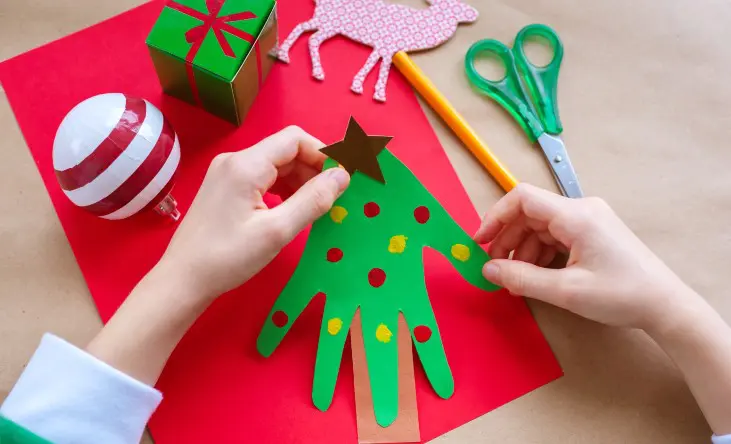SUSTAINABILITY | 12.23.2020
Six ideas for a more sustainable festive season with less waste
Indigestion, bank accounts in the red, and dozens of gifts we don’t know not what to do with. These are all typical situations this time of year. However, the pandemic threatens the festive season as we know it, limiting meet-ups with family and friends, as well as crowds in stores and restaurants. More and more people are asking whether this might also be the year we rethink Christmas and put an end to the excessive consumerism to which we are accustomed.
COVID-19 does not stop for Christmas and we have already assumed that this year’s celebrations will be different. Italy has already announced that it will maintain its 10:00 pm curfew and that it will not allow gatherings of more than six people or travel between regions.
In a recent interview, the renowned speaker on topics relating to human development, Mario Alonso Puig, pointed out that the pandemic could help us to “value human factors more and stop being so wrapped up in materialism.” In this vein, environmental organizations are urging people to make 2020 the year that we put a stop to the waste associated with this period.
Going from one meal to the next until you end up with a stomach ache and buying dozens of gifts out of pure obligation is not the only way to experience these holidays. There are so many free resources on the Internet full of ideas for how to enjoy these holidays more sustainably. Let’s take a look at some of these recommendations.
For gifts: Buy local and buy experiences
A tip you often hear is simply to buy less during this period. And, when we do buy, to prioritize buying fair trade, zero-KM products, from small businesses.
We recently discussed the difficult situation being faced by the arts, with 89 percent of the world’s cultural heritage being totally or partially closed. One way to help this sector that has been hit so hard by the pandemic is to gift people tickets to shows or experiences that they can enjoy while also complying with safety measures.
DIY Christmas decorations
According to a report drawn up by the organization Carbon Trust, an artificial tree that is made of non-biodegradable plastics, such as PVC, has a carbon footprint of up to 40 kg of CO2. There is no easy answer, given that using a natural tree for a month and then throwing it away does not seem very eco-friendly either. Spanish environmental alliance Ecologistas en Acción, recommends that “If you decide to have a Christmas tree at home, the right thing to do is to choose a native species and actively inform yourself of the care needed for its survival and well-being.”

According to a report drawn up by the organization Carbon Trust, an artificial tree that is made of non-biodegradable plastics, such as PVC, has a carbon footprint of up to 40 kg of CO2. There is no easy answer, given that using a natural tree for a month and then throwing it away does not seem very eco-friendly either. Spanish environmental alliance Ecologistas en Acción, recommends that “If you decide to have a Christmas tree at home, the right thing to do is to choose a native species and actively inform yourself of the care needed for its survival and well-being.”
A sustainable Christmas menu is one cooked with fresh, local, and seasonal produce
On Christmas Eve, some traditional ingredients travel more than 5,000 km before reaching the fork. Therefore, anyone wanting to reduce the environmental impact of their Christmas meal is advised to look for recipes that prioritize local, fresh, and seasonal produce.
Reducing energy consumption with LED bulbs
LED lights use up to 90 percent less energy than traditional lights. Prioritizing the use of these types of bulbs and limiting the number of hours they are lit for can help to reduce your energy consumption over the holidays, as well as your electricity bill.
Less packaging, even over the holidays
Every Christmas in the United Kingdom, 83 square kilometers of wrapping paper ends up in the bin, enough to cover the island of Formentera, according to the environmental association ECODES.
How we wrap what we buy is a key feature of the fight to protect the environment all year long, but it becomes particularly important during the holidays. Therefore, it is important to pay attention, not only to what we buy, but also to how we wrap it.
If we want to wrap gifts, a more sustainable (and vintage) way of doing so is by using old newspapers instead of buying wrapping paper that will end up in the trash immediately.

